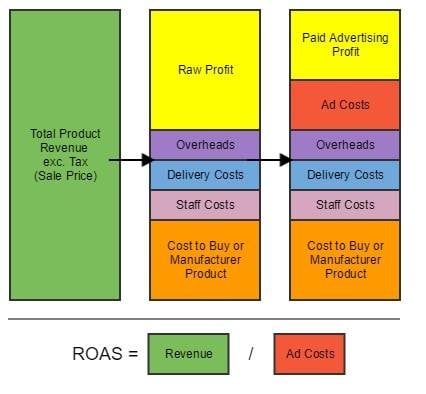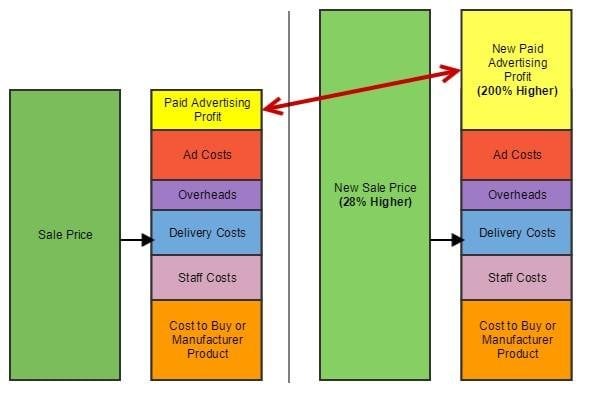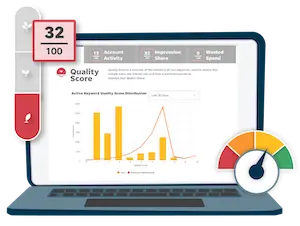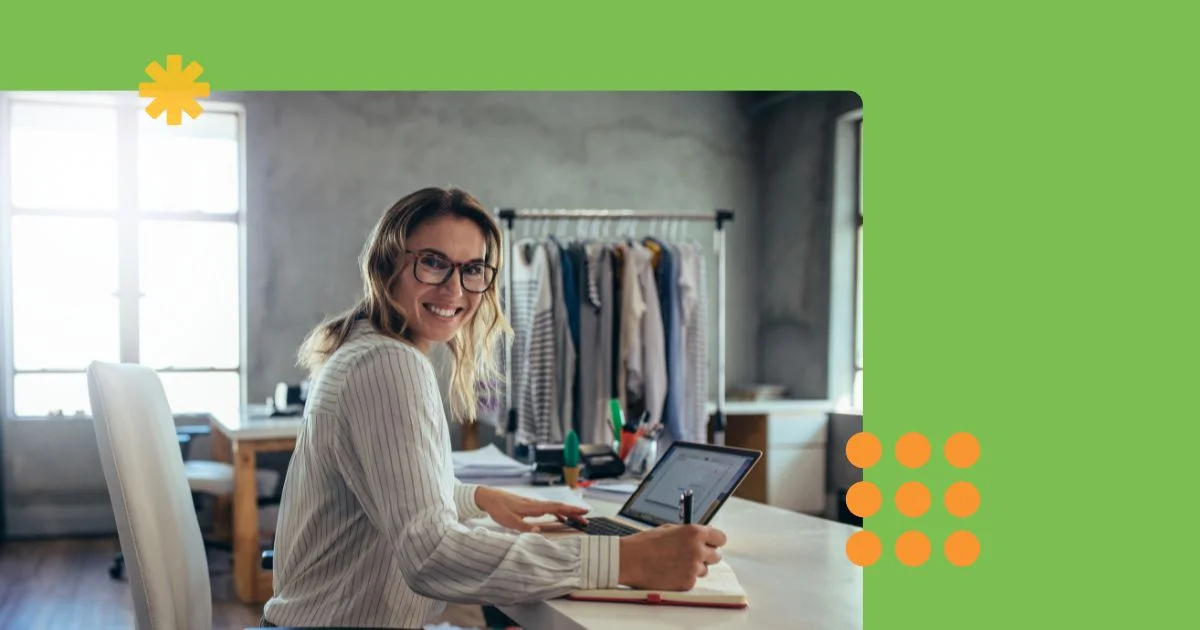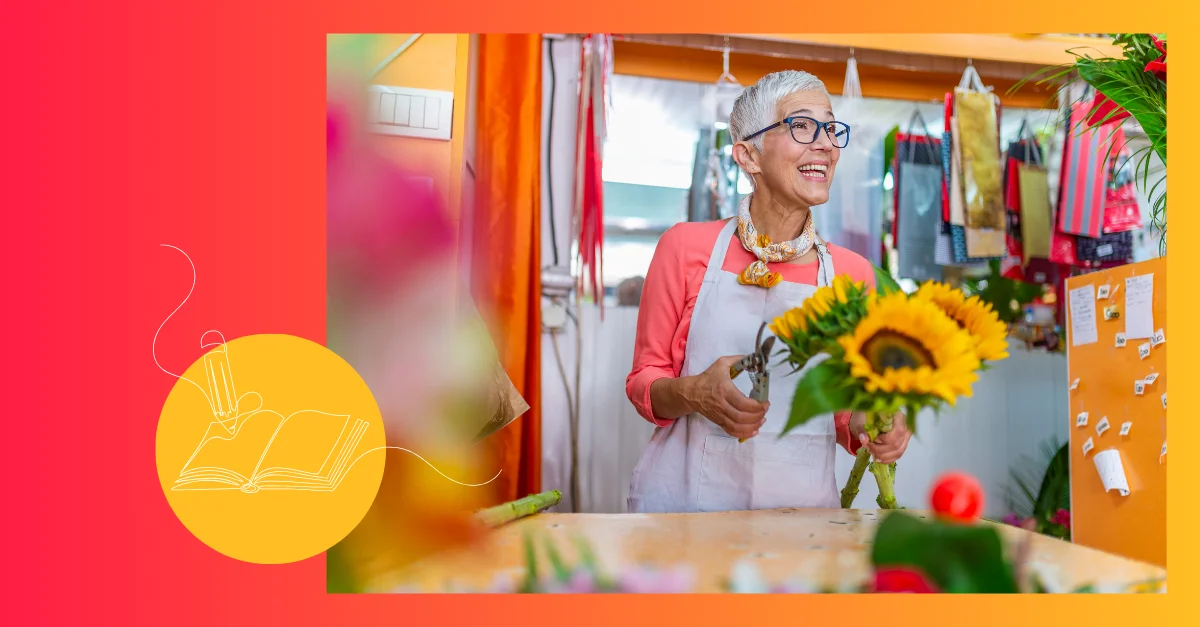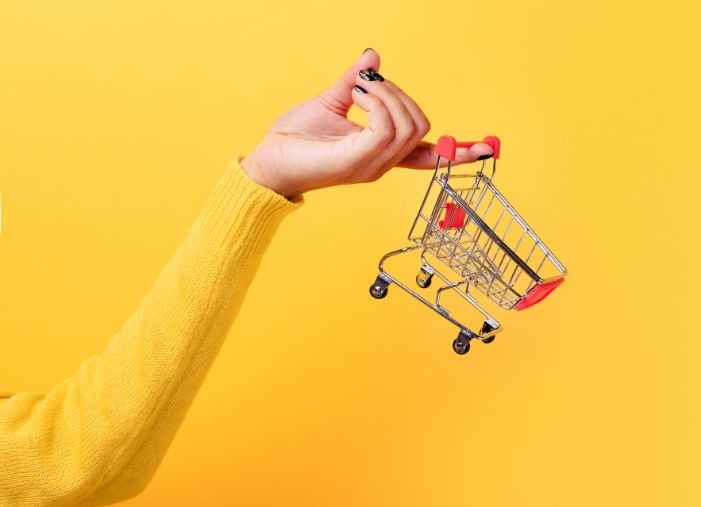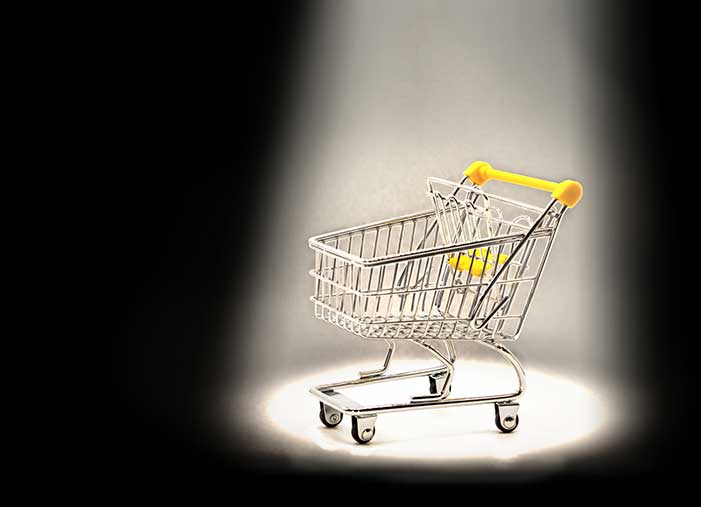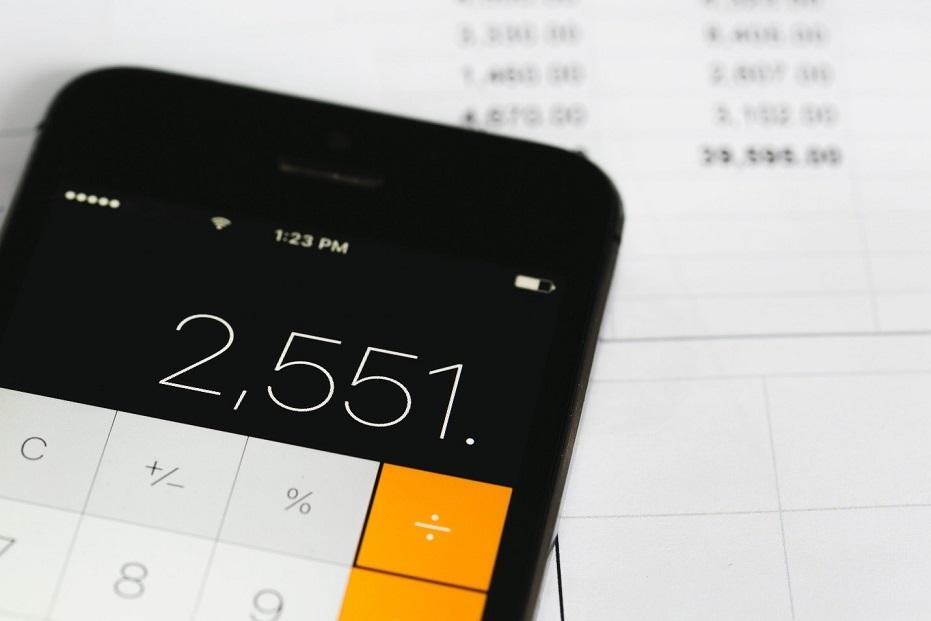
Ever heard the phrase “turnover is vanity, profit is sanity”?
This phrase rings especially true for ecommerce advertisers who may be blinded by revenue levels or conversion numbers instead of what really matters: the actual profitability of their PPC accounts.
It’s understandable to follow the logic that more sales would lead to more revenue. But that’s not always the case. In this guide, I’m going show you how you can maximize the PPC profitability for your ecommerce business both ways – the traditional way, by adjusting your bids, and the non-traditional way, by actually decreasing your sales.
Maximizing PPC profitability: The traditional way
If you’re not happy with your ROI, the most intuitive way to increase paid advertising profitability is to be smarter with your bids or your bid adjustments. That way, you’re increasing the impact of your ad dollars without spending more.
Tweaking bids to increase profits
One strategy for maximizing your ad spend is changing your bids in order to increase your profits.
If you take the price you sell a product for and subtract all costs (product cost, admin cost, staff cost, shipping cost, etc.) then you are left with the raw profits generated by each product sale.
Most of our clients use between 30-50% of this raw profit to help advertise the product. This leads to the ad cost being taken away from the total raw profits generated to make the sale in the first place, giving a final profitability relationship:
This allows advertisers to work out a target return on ad spend (ROAS) for a product by dividing the revenue generated by each sale by the cost of advertising.
When setting bids on search or shopping campaigns an advertiser can tweak bids up or down to aim towards a target ROAS or even reverse-engineer CPCs to find an ideal Maximum CPC bid.
Modify bid adjustments to increase profits
Ecommerce website users are a fickle bunch; some may convert differently during different times of the day, some demographics may increase average conversion rates while others drag it down, and often users act very differently depending on which device they have in their hands.
Without using bid adjustments, you have to combine highly converting users with poorly converting users and work towards the hazy midway average performance between them, which is less than ideal.
By segmenting and using bid adjustments, however, you can boost ad positions for the high converters (boosting high converting traffic levels) and reduce bid positions for the low converters (reducing wasted ad spend). The overall result of this is more conversions with the same level of profitability per conversion (the same ROAS amount):
Maximizing PPC profitability: The “less is more” way
In some cases, adjusting your bids might not be enough for your business. For these situations, you should consider decreasing your sales. This sounds counterintuitive, I know, but hear me out. By making each sale significantly more profitable, you need fewer sales to boost your overall profits and ROAS.
There are two main ways you can actually decrease sales whilst still raising overall profitability. Remember that turnover is vanity, but profit is sanity!
Raising product prices to increase profits
It may sound obvious to some advertisers and alarmingly risky to others, but actually increasing product prices can lead to higher profitability if done correctly.
An ecommerce client of ours was complaining about keeping up with the demand of their main product online, they were very busy manufacturing the product (luxury coats) and had to stop selling certain colors and sizes due to popularity. We raised prices of the coats by 70%, and the number of sales fell by just under 43%, a huge improvement to their bottom line overall.
Clearly, raising prices generates more profitability per sale, but when other costs are factored in you could actually triple the profitability with just a small overall price increase:
Raising prices has a negative effect on the number of sales overall giving a profit vs. price relationship as shown below:
Setting prices too high will stop any sale from happening, too low and you could spend more on advertising and other costs than actual revenue generated.
What we’re after in this case is the magical sweet spot of price profitability vs. conversion rate, i.e., the highest point on the CPC vs. profit curve.
Tweaking prices is, therefore, a great way of optimizing an individual product and you now see dynamic pricing across many limited-service industries such as flights, hotels, and taxi apps.
Raising average order values to increase profits
For some mass manufacturers, B2B product sellers or bulk drop-shippers, there’s a catch-22 situation when it comes to the Google or Bing Shopping platforms:
- You can openly sell products on your website. This enables shopping campaigns, but your product prices must be shown on the website, and you may get many smaller orders from the general public.
- You can sell products only to registered or approved website users. This blocks shopping campaigns from being available (prices must be public for shopping campaigns to exist), but your product prices are hidden, and you can set minimum costs for an entire order.
Our client wanted the best of both worlds. They wanted maximum traffic and exposure on Google and Bing Shopping, but at the same time, they wanted to discourage time-wasters with orders of only one or two products.
Here, product delivery overheads are very similar if a customer wants one item or as many as 20 items, thus making really small orders non-profitable.
The solution to this problem was to increase the average order value (AOV) by reducing bids on keywords, ad groups, and shopping product groups if they fell under a certain level:
Bid adjustments were not applied when the AOV was over a highly profitable threshold (£50 in this case), and they were applied in a negative linear fashion when under the value.
The minimum bid adjustment was set to -80% in order to keep ads within the first page of results more often and to not totally kill off any product bids.
The results from this were impressive in many ways for our client:
- The average number of deliveries decreased, lowering internal delivery costs
- Less administration work was needed, improving the quality and speed of admin tasks
- Total delivery times were shorter, leading to an increase in positive customer reviews
- Average order value increased, raising the average return on ad spend
Sometimes less does mean more
When you’re setting up and optimizing your PPC campaigns, it’s important to identify the ultimate goal. Are you chasing traffic and sales? Or are you looking deeply into how to really improve what matters to a business, the profitability? In most cases, it’s the latter that’s better for your ecommerce business.
Alongside best practices of calculating the ideal CPC amount and bid adjustments, you can surprisingly increase profitability by just raising product sale prices or stiffening orders with a lower average order value.
About the author
Jonathan Ellins, head of insights at Hallam, has over 11 years of digital marketing experience. His innovations were shortlisted for Google’s EMEA Premier Partner Awards 2017 & 2018 for PPC Innovation using AdWords Scripts and Client Data Automation towards Google Shopping, Google’s biggest award for digital marketers. In his spare time, Jonathan has a keen interest in game development, extreme sports, unusual holiday destinations, digital artwork, and complex craft beer.

